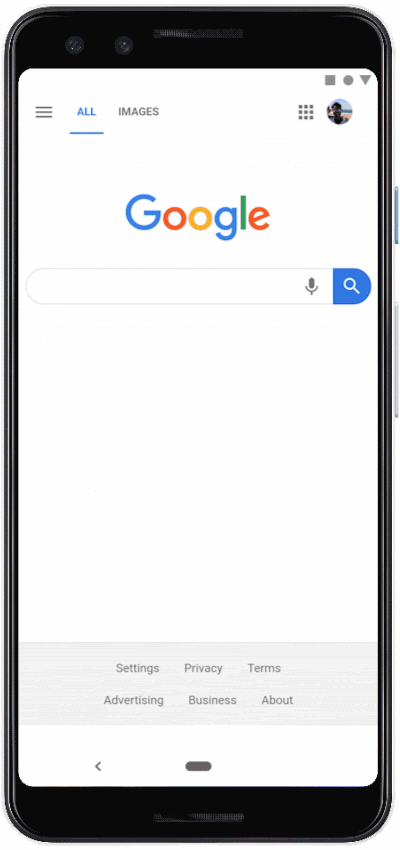In 1927, while trying to understand how atoms bind to form molecules, the German physicist Friedrich Hund discovered one of the most beguiling aspects of quantum mechanics. He found that, under certain conditions, atoms, electrons, and other small particles in nature can cross physical barriers that would confound macroscopic objects, moving like ghosts through walls. By these rules, a trapped electron could escape confinement without outside influence, like a golf ball sitting in the first hole of a course suddenly vanishing and appearing in the second hole without anyone lifting a club. The phenomenon was utterly alien, and it came to be known as “quantum tunneling.”
Since then, physicists have found that tunneling plays a key role in some of nature’s most dramatic phenomena. For example, quantum tunneling makes the sun shine: It enables hydrogen nuclei in stars’ cores to snuggle close enough to fuse into helium. Many radioactive materials, such as uranium-238, decay into smaller elements by ejecting material via tunneling. Physicists have even harnessed tunneling to invent technology used in prototype quantum computers, as well as the so-called scanning tunneling microscope, which is capable of imaging single atoms.
Still, experts don’t understand the process in detail. Publishing in Nature today, physicists at the University of Toronto report a new basic measurement about quantum tunneling: how long it takes. To go back to the golf analogy, they essentially timed how long the ball is in between holes. “In the experiment, we asked, ‘How long did a given particle spend in the barrier?’” says physicist Aephraim Steinberg of the University of Toronto, who led the project.
A “barrier” for an atom is not a material wall or divider. To confine an atom, physicists generally use force fields made of light or perhaps an invisible mechanism such as electric attraction or repulsion. In this experiment, the team trapped rubidium atoms on one side of a barrier made of blue laser light. The photons in the laser beam formed a force field, pushing on the rubidium to keep it confined in the space. They found that the atoms spent about 0.61 milliseconds in the light barrier before popping out on the other side. The exact amount of time depended on the thickness of the barrier and the speed of the atoms, but their key finding is that “tunneling time is not zero,” says physicist Ramón Ramos, who was Steinberg’s graduate student at the time and is now a postdoctoral researcher at the Institute of Photonic Sciences in Spain.
This result contradicts an experimental finding from last year, also published in Nature, says physicist Alexandra Landsman of Ohio State University, who was not involved in either experiment. In that paper, a team led by physicists at Griffith University in Australia presented measurements suggesting that tunneling occurs instantaneously.
So which experiment is right? Does tunneling occur instantaneously, or does it take about a millisecond? The answer may not be so simple. The discrepancies between the two experiments stem from a long-simmering disagreement in the quantum physics community over how to keep time on the nanoscale. “In the last 70, 80 years, people have come up with a lot of definitions for time,” says Landsman. “In isolation, a lot of the definitions make a lot of sense, but at the same time they make predictions that contradict each other. That’s why there has been so much debate and controversy over the last decade. One group would think that one definition makes sense, while another group would think another.”
The debate gets math-heavy and esoteric, but the gist is that physicists disagree on when a quantum process starts or stops. The subtlety is evident when you remember that quantum particles mostly do not have definite properties and exist as probabilities, just like a coin flipping in the air is neither heads nor tails but has the possibility of being either until it lands. You can think of an atom as a wave, spread out in space, where its exact position is not defined—it might have a 50 percent likelihood of being in one location and 50 percent in another, for example. With these vague properties, it’s not obvious what counts as the particle “entering” or “exiting” the barrier. On top of that, physicists have the added technical challenge of creating a timing mechanism precise enough to start and stop in unison with the particle’s motion. Steinberg has been fine-tuning this experiment for more than two decades to achieve the level of control needed, he says.

